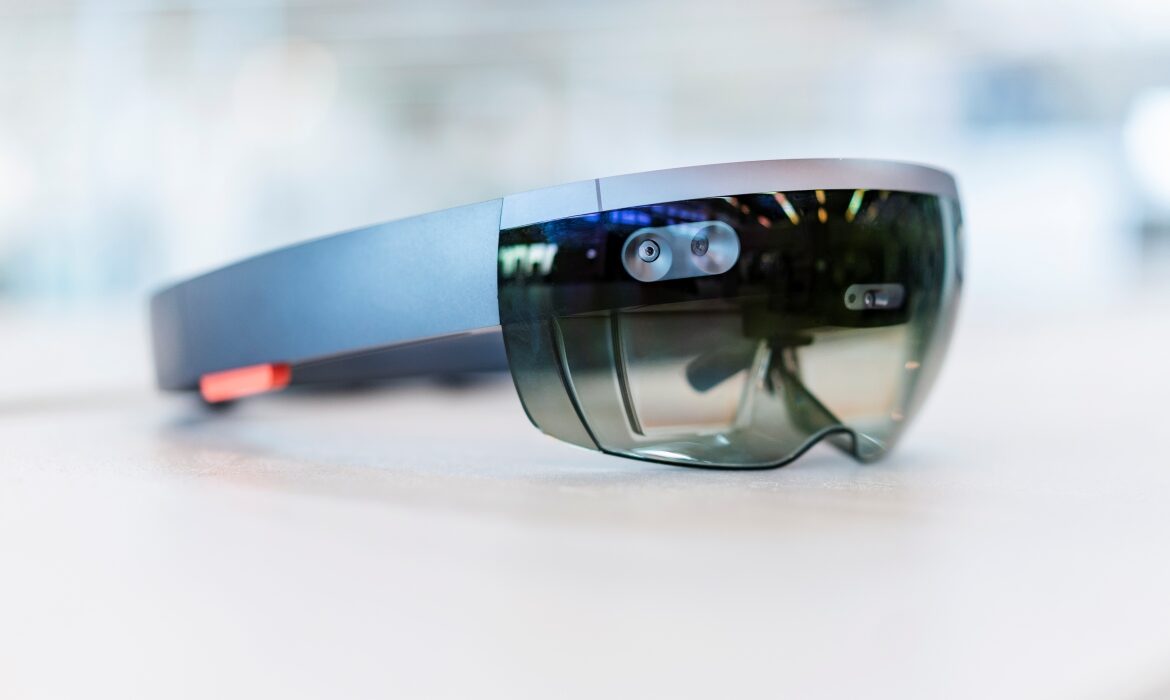
How to Use Augmented Reality in Product Promotion
Augmented reality ( AR) has revolutionized the world of marketing and product promotion by offering immersive experiences that connect with consumers in a whole new way. This technology allows digital elements to be superimposed on the real world, giving users the ability to interact with products, gain information, and view them in more detail before making a purchase. Companies that know how to use augmented reality in their promotional strategies can improve the customer experience and significantly increase their conversion rates.
One of the most effective uses of augmented reality in product promotion is to allow consumers to “try” before they buy. For example, fashion and beauty brands have implemented this technology so that users can see how a specific item of clothing or makeup would look on them without having to go to the store. This can be done from the comfort of their homes through mobile apps or online platforms that use the device’s camera to show in real time how the product would look on the customer. This type of interaction not only improves the user experience, but also increases confidence in the purchase, reducing returns.
Another key application of augmented reality is in the furniture and decoration industry. Companies such as IKEA have developed applications where users can digitally place furniture in their homes to see how it fits in terms of size and style. This solves one of the biggest problems customers face when purchasing furniture: the uncertainty about whether a sofa, for example, will look good in their living room. Augmented reality makes it possible to view the product in the customer’s real-life context, making the purchasing decision easier and faster.
Additionally, augmented reality can improve the way consumers gain information about products. By scanning a QR code or using an AR app, customers can access detailed product descriptions, view 3D demonstrations, read reviews, or learn more about materials and manufacturing. This adds an interactive layer that goes beyond the traditional static images or descriptions found in online stores. Augmented reality allows the customer to have a more complete understanding of the product before making a purchase, increasing transparency and brand trust.
Augmented reality experiences are not just limited to product previews. Brands are also using this technology to create interactive marketing campaigns that generate interest and engagement with consumers. For example, companies can develop games or challenges using AR that encourage users to participate, share on social media, and win prizes. These types of campaigns not only promote a specific product, but also increase brand awareness and improve customer loyalty through a fun and innovative experience.
Promotions in physical retail outlets have also benefited from the use of augmented reality. Brands are creating in-store experiences where customers can interact with products through screens or mobile devices, offering personalized information or animations that show the use and benefits of the product in real time. These interactive experiences not only capture the consumer’s attention, but also provide a key differentiation from the competition, making the shopping experience memorable.
To successfully implement augmented reality in product promotion, brands must ensure that the technology is user-friendly and accessible. Applications must be well-designed and intuitive, as any technical complications could put off users. Furthermore, it is important to integrate AR into an omnichannel marketing strategy, where digital and physical touchpoints connect seamlessly, offering a coherent customer experience.
Augmented reality has opened up a new world of possibilities for brands looking to improve customer experience and increase the effectiveness of their promotional strategies. By allowing interactive visualization of products, facilitating access to relevant information, and creating immersive marketing campaigns, augmented reality is becoming an indispensable tool for companies looking to differentiate themselves in the market.





